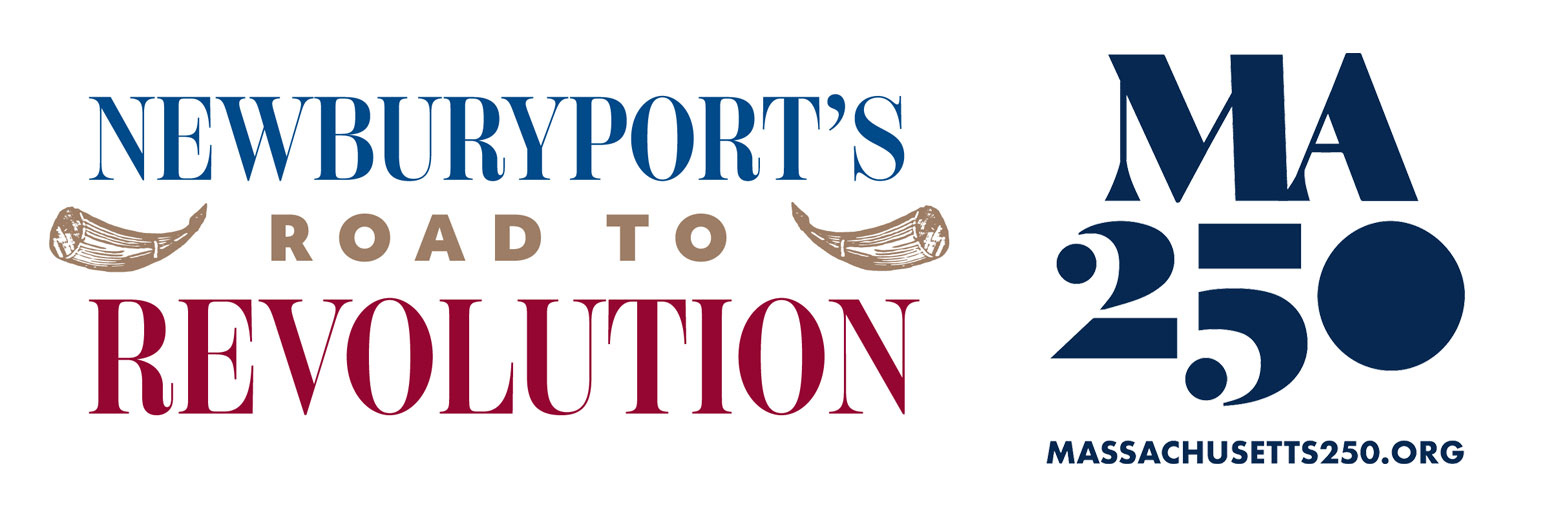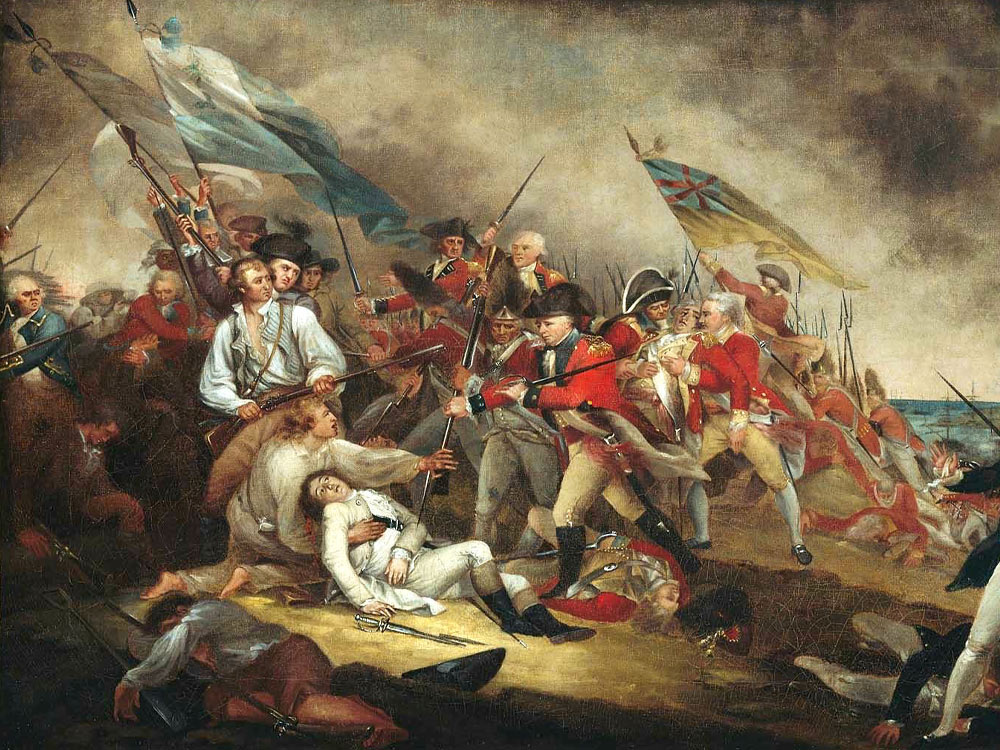Reverend Samuel Spring

Reverend Samuel Spring (1746–1819)
Chaplain, Patriot, Preacher
Born in Uxbridge, Massachusetts, Samuel Spring became a force of moral and spiritual leadership during one of the most trying moments in American history. As a young clergyman, Spring was present at the Battle of Bunker Hill in June 1775. When General Benedict Arnold prepared for his march through the Maine wilderness in an attempt to seize Quebec, Reverend Spring volunteered to go, serving as both chaplain and medic.
He marched from Charlestown to Newburyport, where he preached an electrifying sermon to rally the troops. That sermon left such a deep impression that members of the local Third Religious Society later invited him to return as their pastor.
In Spring’s journey north with Arnold’s army he endured the same horrors as the soldiers: freezing rain, starvation, disease, and despair. He cared for the wounded, founded a makeshift hospital in a Quebec church, and is remembered for carrying a wounded Benedict Arnold from the battlefield. Reverend Spring’s grit and compassion became a lifeline for men who faced not only the enemy but the brutal indifference of winter and wilderness.
After the failed Quebec campaign, Spring remained with the Continental Army until 1777. Only then did he return to Newburyport, accepting the call to ministry he had delayed in the name of patriotic duty. For the next 42 years, until his death in 1819, Reverend Spring led what is now the Central Congregational Church. He became a cornerstone of civic and spiritual life in post-Revolutionary Newburyport.
Educated at Princeton (then the College of New Jersey), Spring’s peers included Aaron Burr and James Madison. Later, as John Quincy Adams studied law in Newburyport, he occasionally attended Spring’s services—praising his powerful oratory, if not always agreeing with his theology.
Nathaniel Tracy of Newburyport received orders from Washington to provide the expedition’s transport from Newburyport to Maine which he willingly provided. But from that point on, the journey was plagued by hardship. The soldiers, using flat-bottomed boats called bateaux, struggled with difficult portages and treacherous river currents up the Kennebec. Many of the boats leaked, spoiling vital food supplies and gunpowder. Inexperience navigating whitewater rapids led to further losses.
As the men pushed deeper into the wilds of Maine, they encountered swamps, steep terrain, and freezing weather. The maps were inaccurate, and the conditions increasingly desperate. Hunger and sickness set in. More than a third of the original force turned back before reaching the halfway point.
Despite these setbacks, Arnold and about 600 starving, exhausted men emerged from the forest in November and arrived at the outskirts of Quebec. With the help of sympathetic Canadiens, they crossed the Saint Lawrence River on November 13 and 14. Although Arnold hoped to surprise and besiege the city, he lacked the manpower and artillery to do so. He withdrew to Point-aux-Trembles to wait for General Montgomery, whose force had advanced from the south.
When Montgomery arrived, the combined American force launched a coordinated attack on Quebec City on December 31, 1775. The assault failed; Montgomery was killed, and Arnold was wounded. The Americans ultimately withdrew, ending their hopes of bringing Canada into the revolution.
Although unsuccessful in its ultimate objective, the expedition stands as a testament to endurance and determination. Benedict Arnold, for his leadership and bravery, was promoted to brigadier general. Today, the route he took is commemorated as the Arnold Trail to Quebec and is listed on the National Register of Historic Places, with several geographic features named in honor of the expedition and its participants.

Special Thanks to:


Plan Your Visit
Plan Your Visit
- Museum Hours
Sunday: 12 pm - 5 pm
Closed Monday
- Tickets
Free for NBPT residents, kids under 12, and museum members
Cost of admission includes access to the Discovery Center.
- Parking
City parking is available adjacent to the museum. View parking lot directions.

